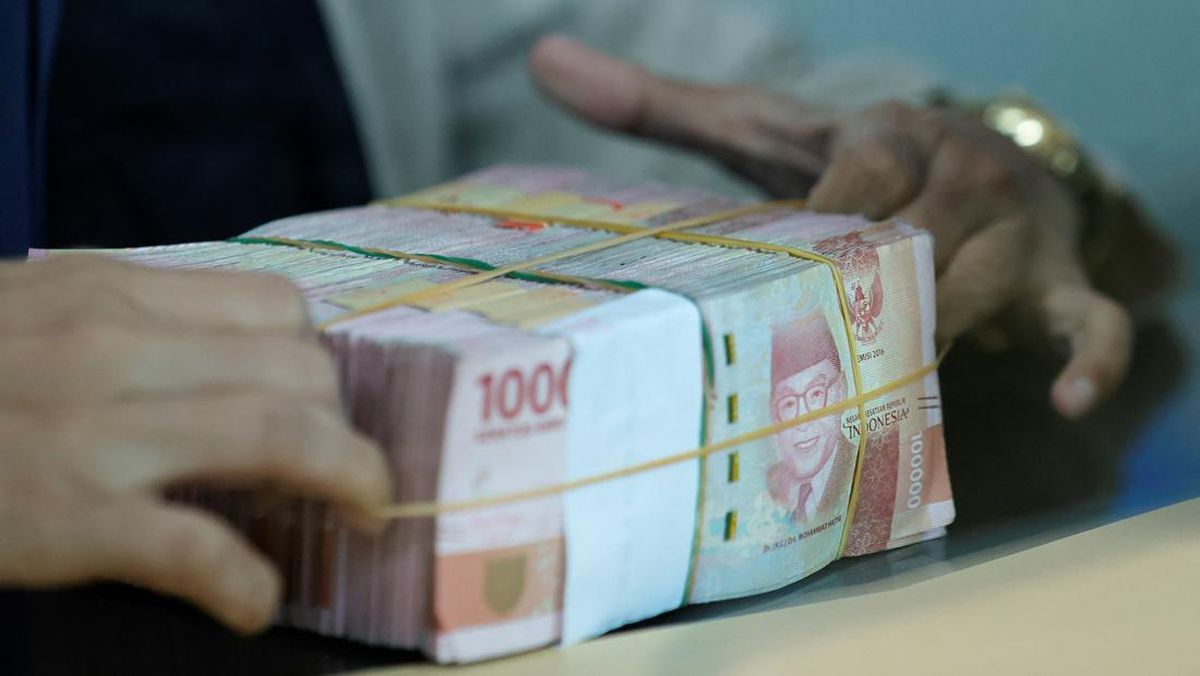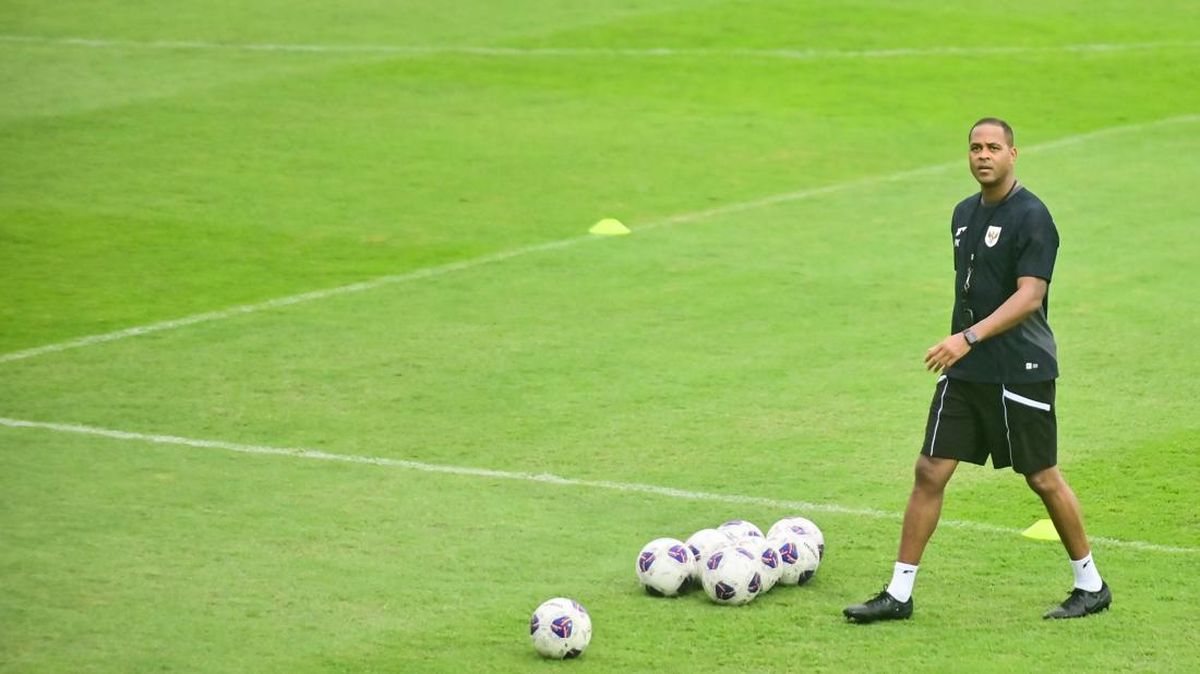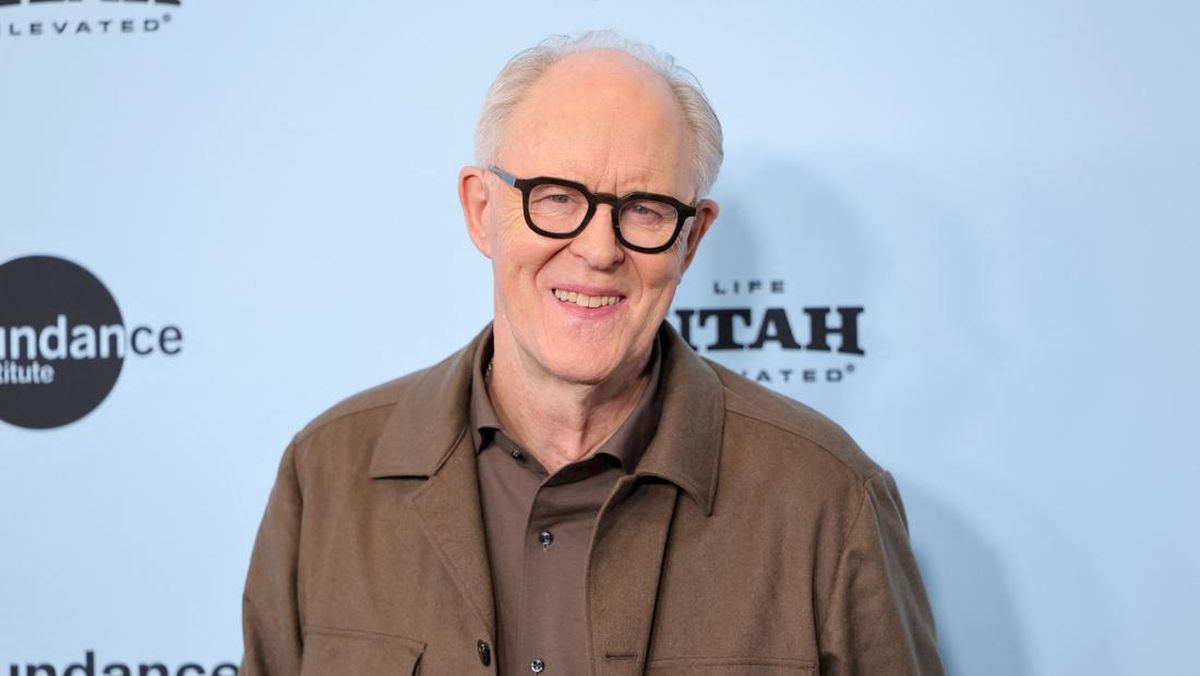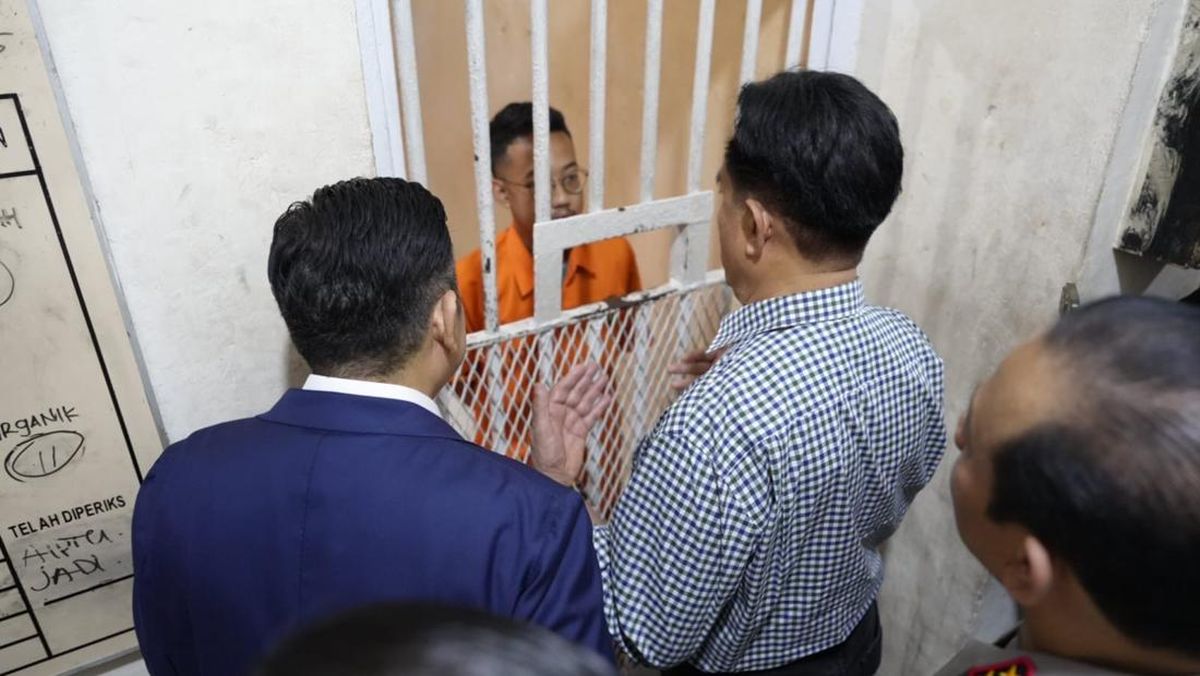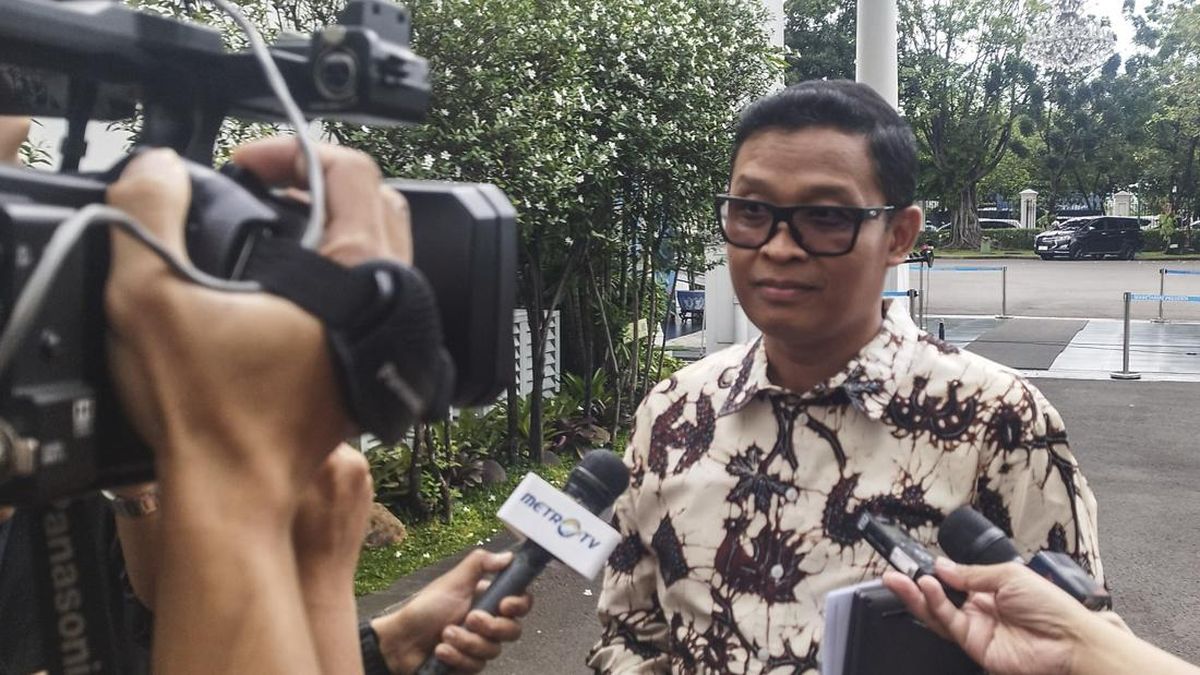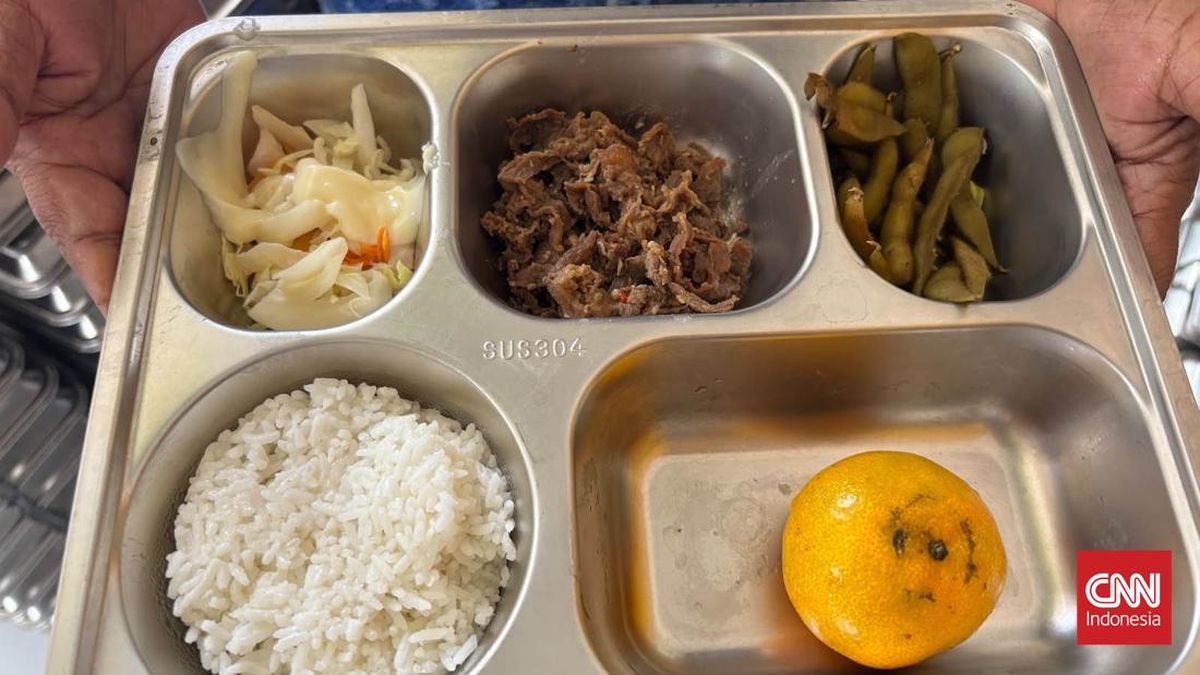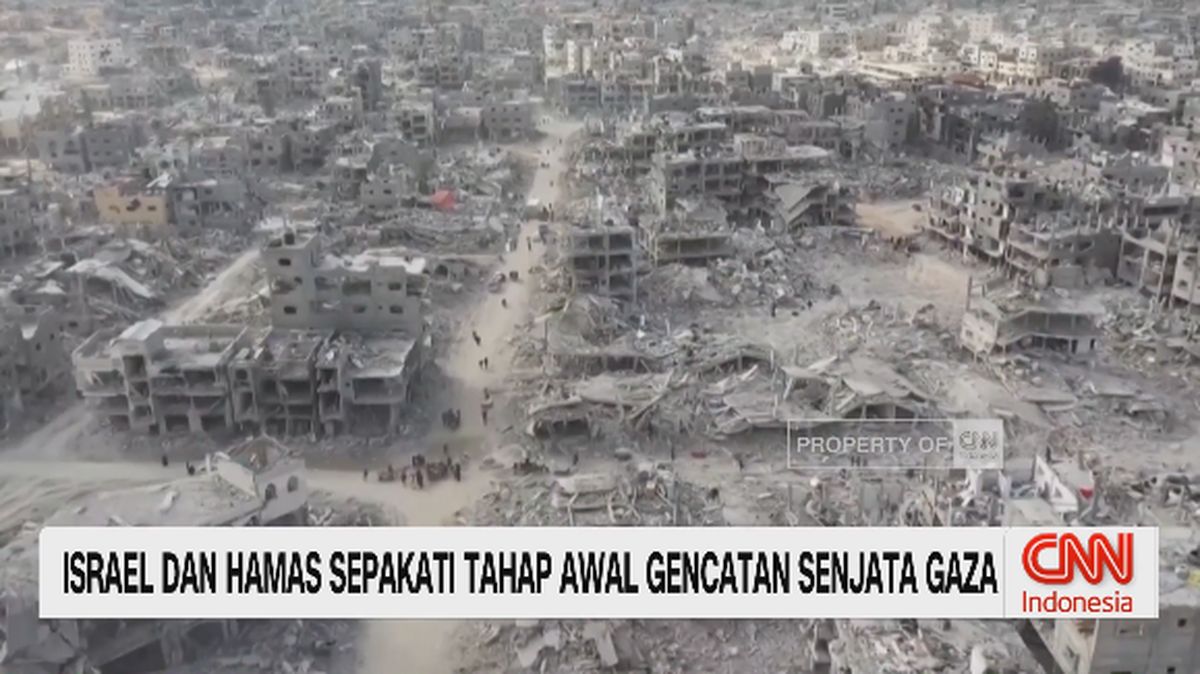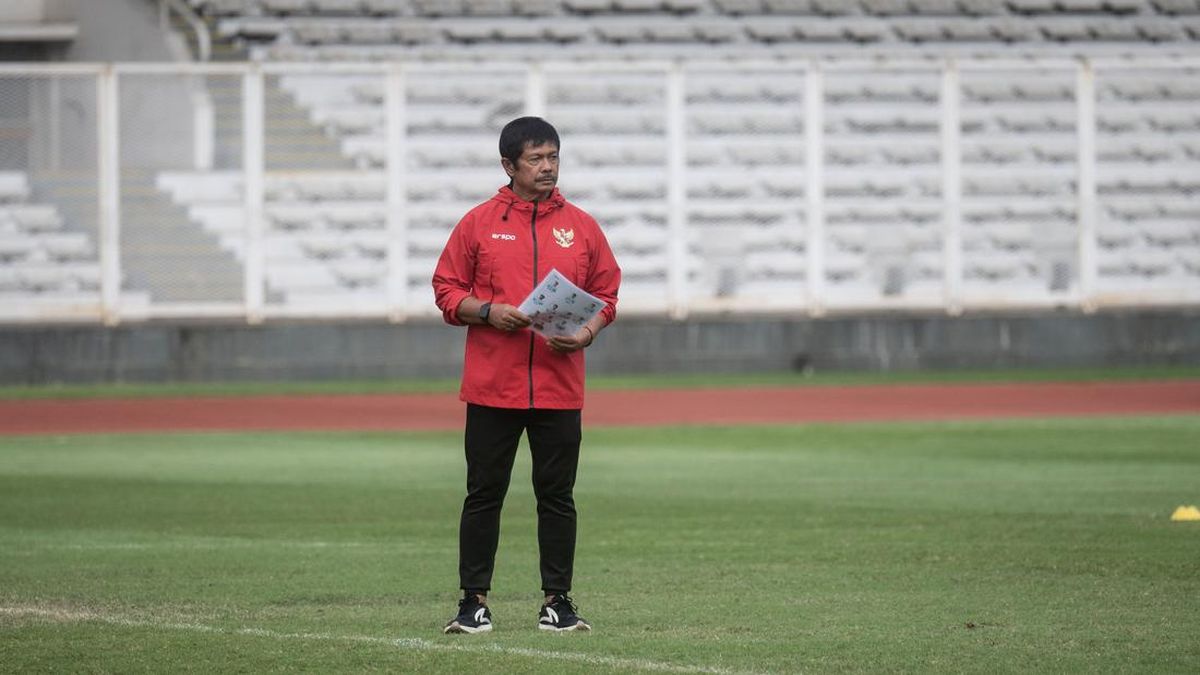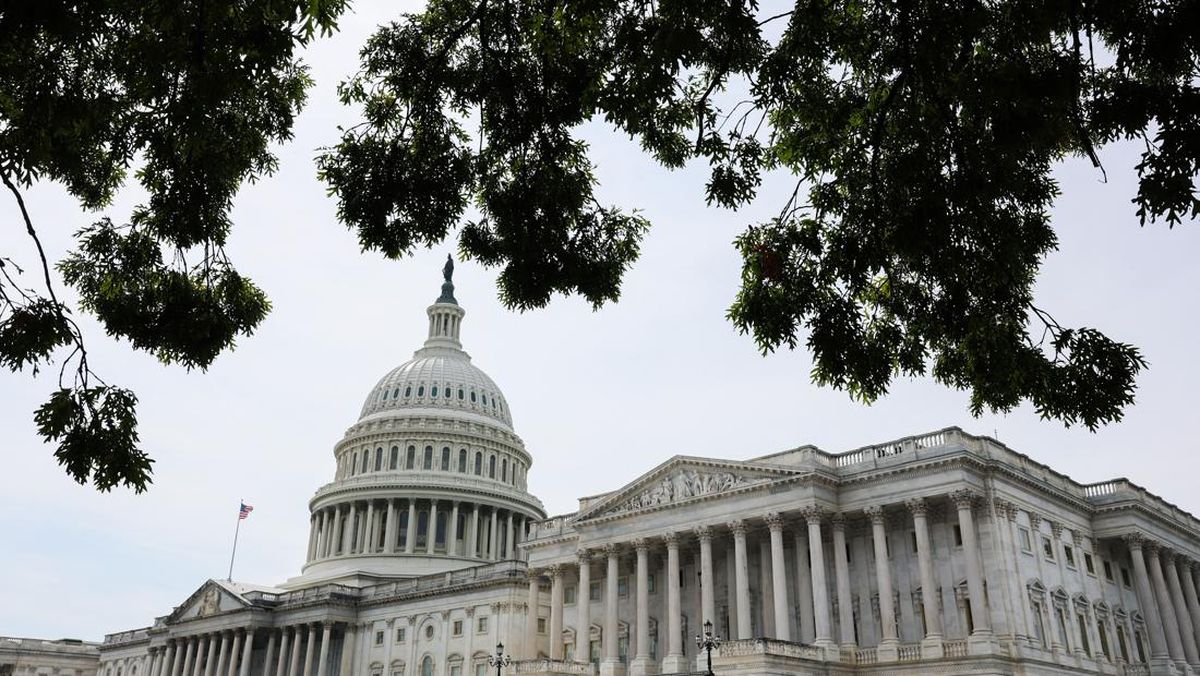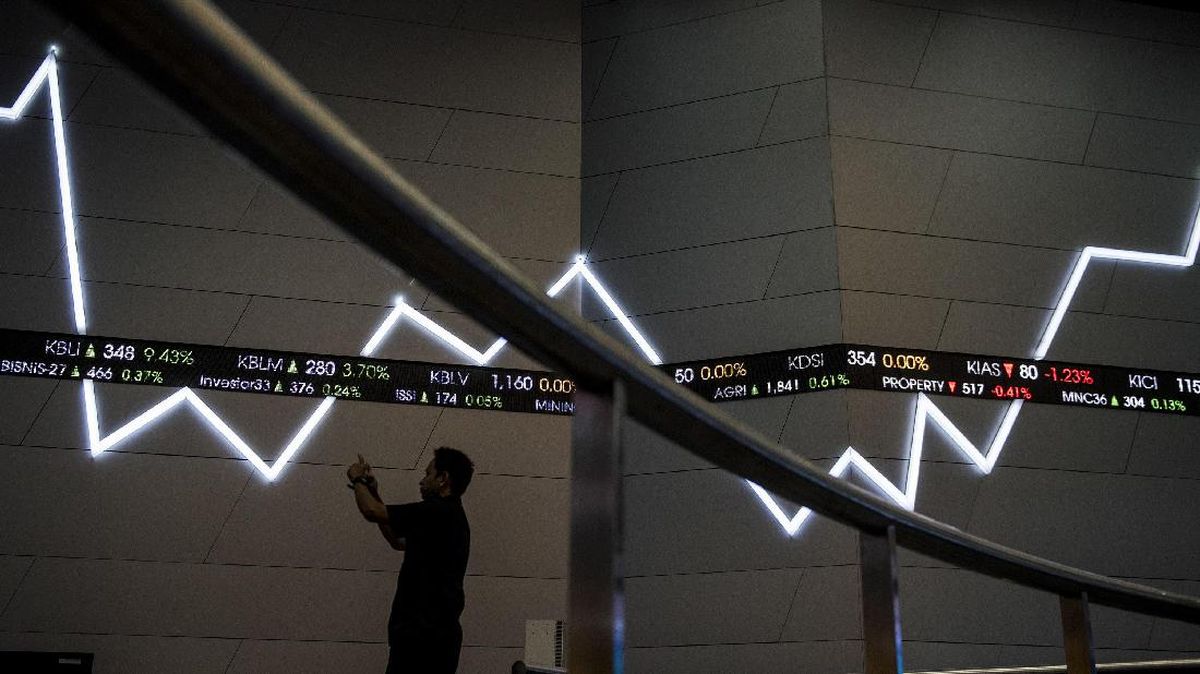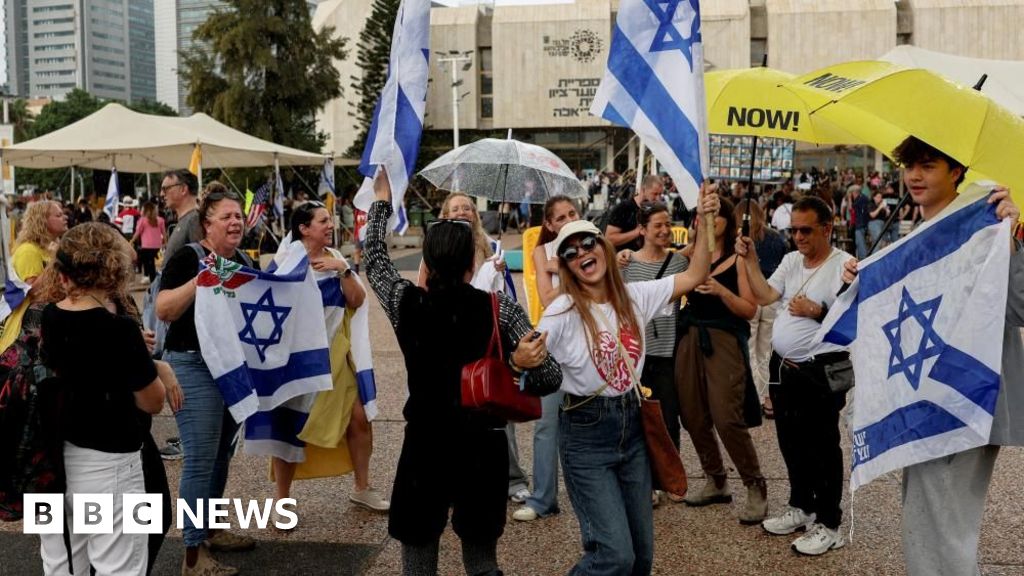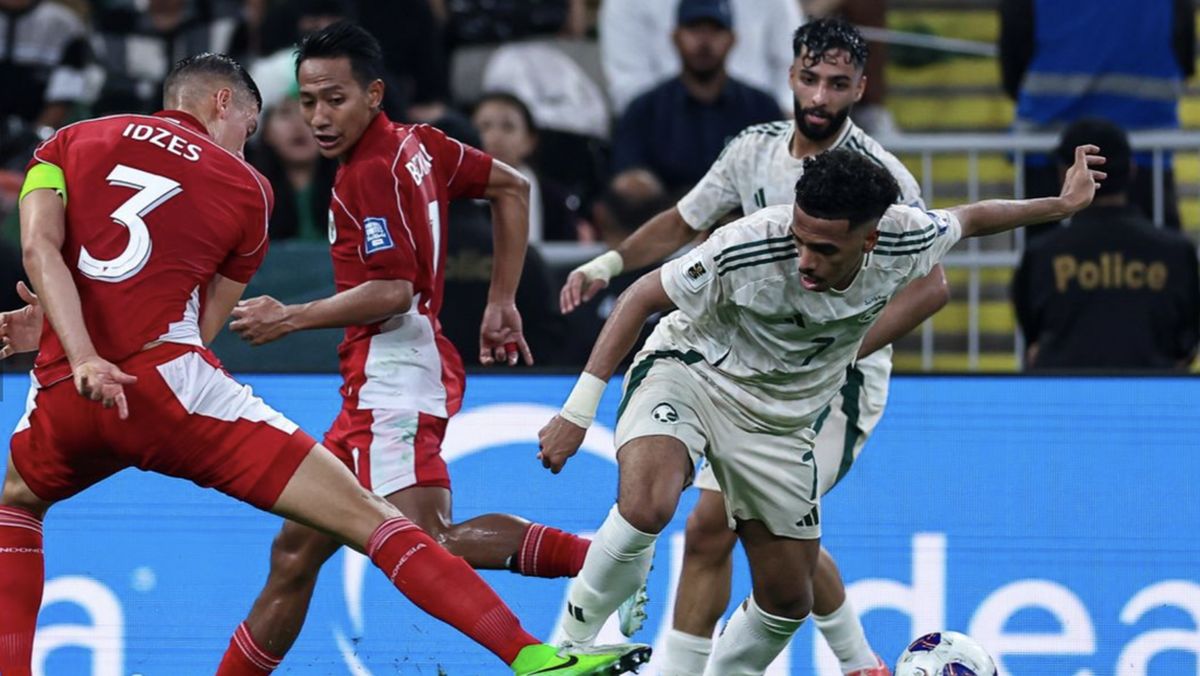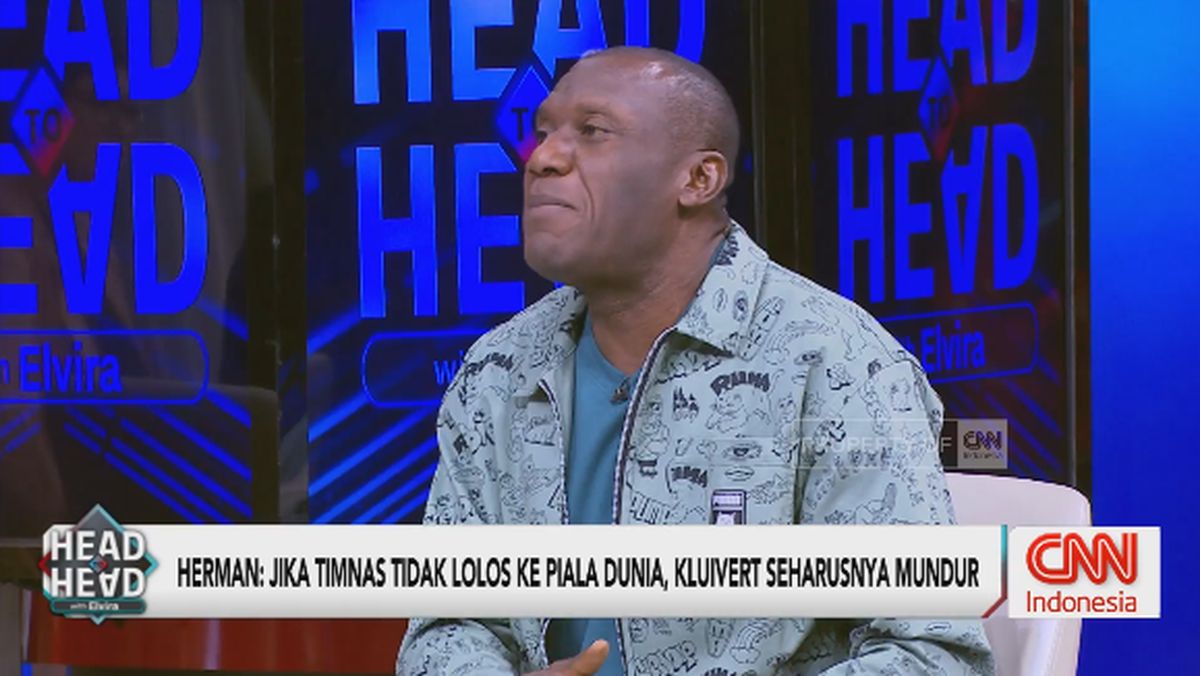Donald Trump’s Gaza deal is a circuit breaker in the cycle of death. But it does not address its drivers. This is a ceasefire. Peace is harder.
Did the US president hasten the deal so that he could beat the Friday deadline for the announcement of the Nobel Peace Prize winner? So it seems. But so what? “Blessed are the peacemakers!” as Trump said, quoting from the Sermon on the Mount. And surely everyone who values the sanctity of life would agree, even if Trump actually prefers a medal to a blessing.

US President Donald Trump reads a note handed to him by US Secretary of State Marco Rubio.Credit: AP
Only a determined president of the US could force Israel to the negotiating table. And also apply sufficient pressure on two of the three main sponsors of Hamas – Qatar and Turkey, but not Iran – so that Hamas was forced to talk terms with Israel.
Trump’s intervention has set a path to achieve at least four things under phase one. First, to stop the wholesale killing of Palestinians, at least for now, and for Israel to make a partial withdrawal from Gaza.
Second, to free the remaining 20 or so Israeli hostages still thought to be alive, in return for Israel’s release of some 2000 Palestinian prisoners. Third, to allow aid to flow into Gaza.
A fourth benefit cascades from these three to the rest of the world. The ceasefire eases some of the pressure that the war has exerted on the great politico-ethno-religious fault line that invisibly circles the globe, dividing communities and energising animosity between Jews and Muslims.
Australia is only one of many nations relieved that this ancient animating hatred is, for now, being moderated, after two intense years of killing. But Israel and Hamas so far have agreed on implementation of only the first phase of Trump’s 20-point plan. So this is a ceasefire, not a peace agreement. While welcome, it’s a reprieve, not a resolution. Which makes it the third ceasefire, or attempted ceasefire, of the Gaza war.
“The first phase is relatively easy,” says ANU emeritus professor of Middle East studies Amin Saikal. “The crunch time will come when they have to face the second” political transition in Gaza. “Israel hasn’t defined what a ‘partial withdrawal’ of its army means, and how and when will Hamas be disarmed?”
To turn ceasefire into peace, Trump has to somehow overcome drivers of death. Because not everyone values the sanctity of life. On both sides, there are fanatical forces committed to the utter destruction of the other.
Loading
In the case of Hamas, it only exists to kill Jews. It is a death cult, its fighters fully committed to martyrdom in its cause. Under Trump’s plan, its fighters are supposed to decommission all their weapons and its infrastructure of war, such as tunnels and arms factories. And calmly walk away from their mission. Hamas members who commit to “peaceful coexistence” with Israel are to be given amnesty and “provided safe passage to receiving countries” if they choose to leave, in the words of the Trump plan.
The group’s political leaders, housed in luxury in Qatar, might be prepared to accept these terms. It seems unlikely that its fighting forces, waging guerilla warfare in and under Gaza, will meekly convert from fanatical genocide of Jews to enjoy “peaceful coexistence”.
And, even if they do relinquish their weapons and leave Gaza, many are sure to regroup and renew their war from another location. Moshe Phillips pointed out in the Jerusalem Post this week the precedent of 1982.
Israel had Yasser Arafat trapped in Beirut and planned to kill him. Under US pressure, Israel allowed him to survive and decamp. It was, wrote Phillips, chairman of Americans for a Safe Israel, “the beginning of a long-term tragedy. Arafat regrouped in Tunis, rebuilt his network, and rebranded himself from terrorist to ‘statesman’.
Loading
“Yet, the blood never stopped flowing. Under his leadership, terror continued – from suicide bombings in Israeli cafes to the glorification of martyrdom in Palestinian school textbooks to incitement in Palestinian Authority-controlled media.”
In the case of Israel, its Prime Minister Benjamin Netanyahu has been pursuing perpetual war against Palestinians largely to appease the fanatical far-right members of his governing coalition.
The Gaza war already is the longest in the history of Israel. Netanyahu’s stated aim of the “elimination” of Hamas, down to every last fighter, never was achievable.
That was the point. It licensed him to conduct war without end, a demand of his Finance Minister, Bezalel Smotrich, and National Security Minister, Itamar Ben Gvir.
Loading
And as long as they remain part of Netanyahu’s coalition, Netanyahu remains in power, safe from any reckoning for his failure over the October 7, 2023, Hamas massacre, and immune from conviction over the corruption cases still pending against him.
On each side, a minority of fanatics seized control over their people to pursue unquenchable hatred against the other. So Hamas and the Netanyahu regime will be on alert to grasp any pretext to find fault in the process, to walk away from peace talks and resume the killing.
“The whole thing could collapse and Donald Trump’s credibility would be undermined,” reflects Saikal. “We are at the beginning of a very arduous process.” This week’s Nobel Peace Prize is supposed to be for events of 2024. By this time next year, we should be able to see whether Trump qualifies for the 2025 prize.
Peter Hartcher is international editor.
Most Viewed in World
Loading

